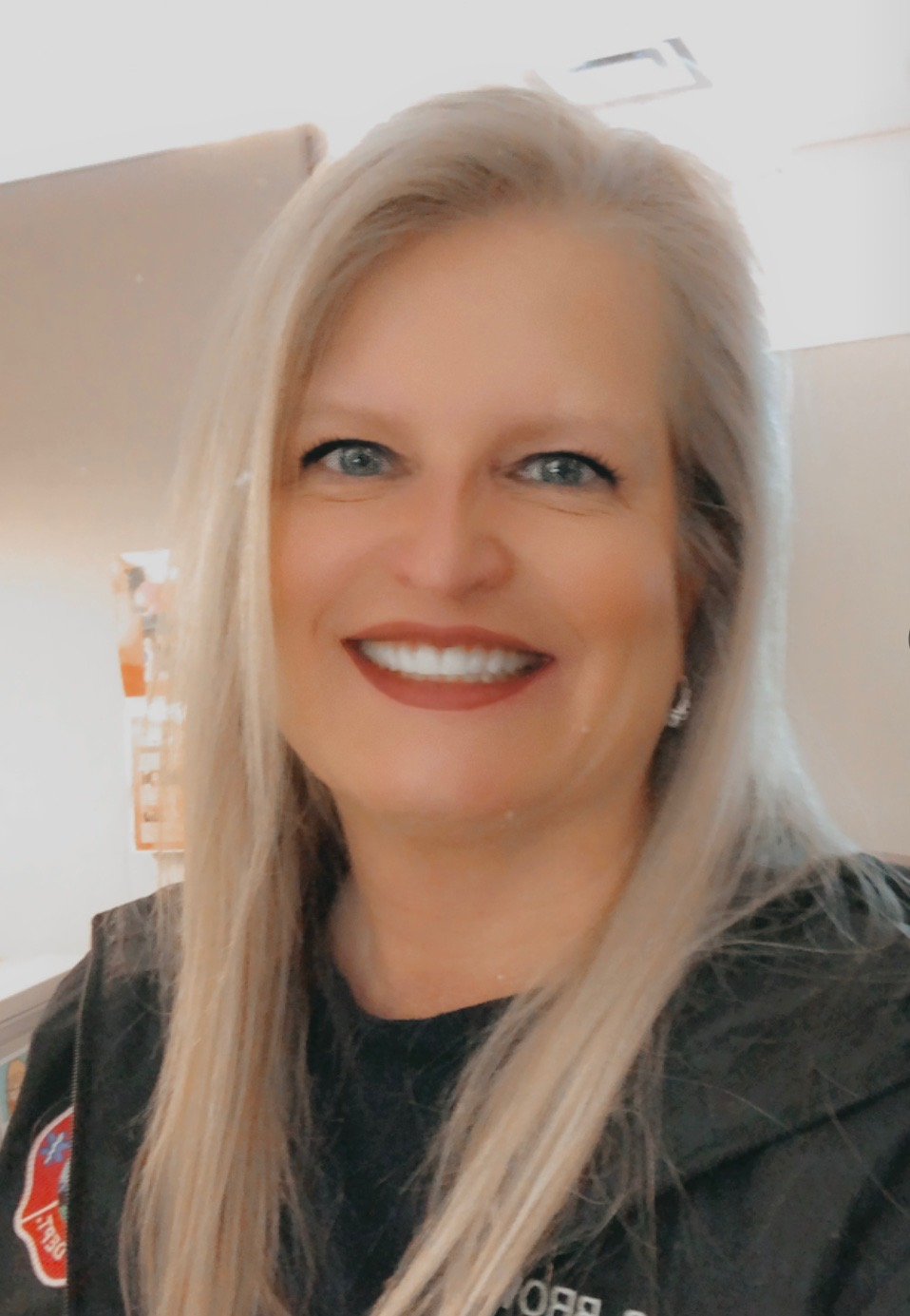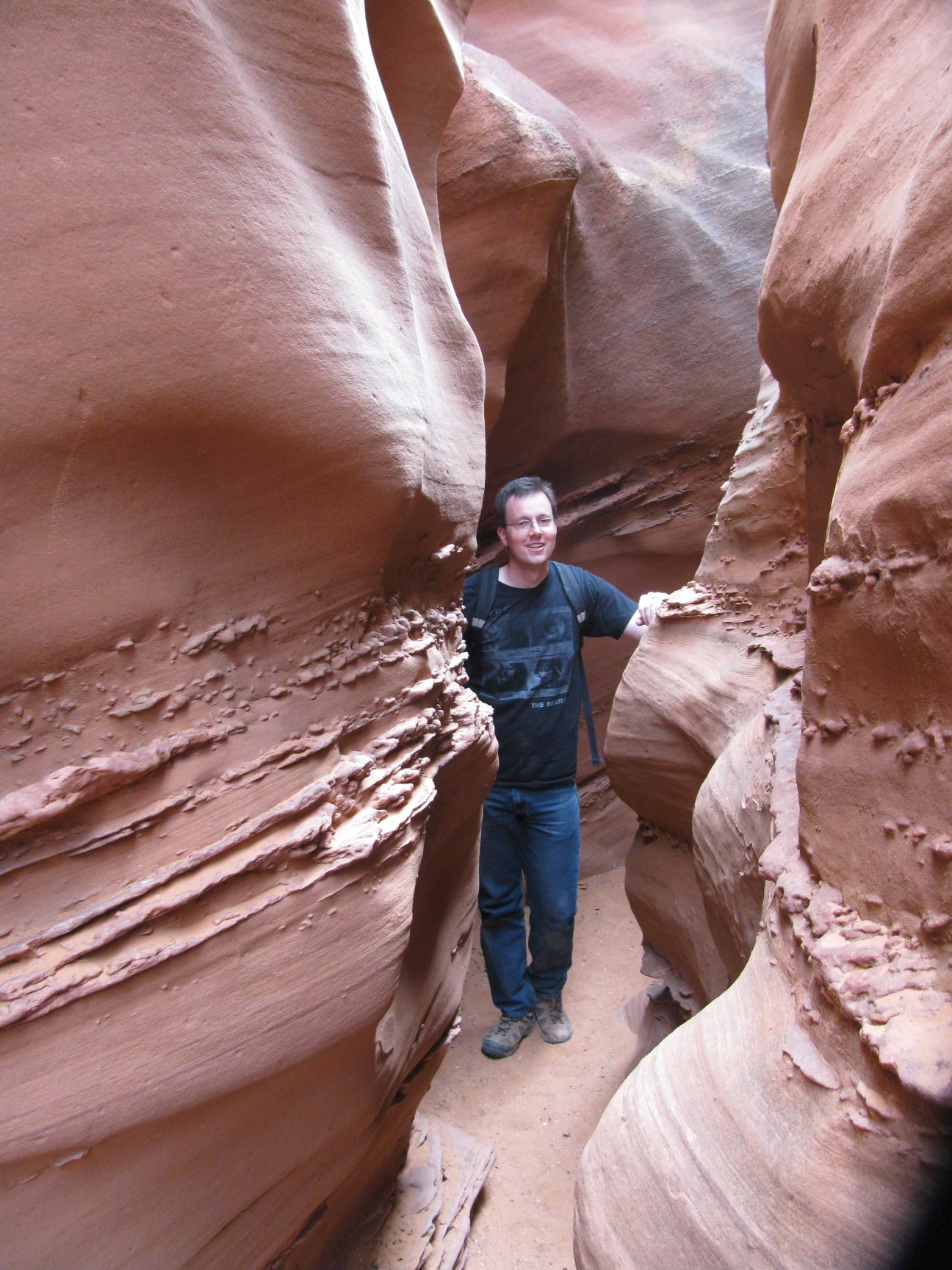Love Your Block Stories
 The Western Lake Superior Sanitary District (WLSSD) is involved in all of our lives, mostly in ways that we cannot see. As a “special purpose unit of government” created by the MN Legislature in 1971, WLSSD oversees the wastewater and solid waste services for a 530 square mile region encompassing parts of both St. Louis County and Carlton County. WLSSD was created to help address serious environmental pollution problems in the lower St. Louis River Basin, which is why they are situated in the friendly west end of Duluth. But who are the people doing the work inside of WLSSD?
The Western Lake Superior Sanitary District (WLSSD) is involved in all of our lives, mostly in ways that we cannot see. As a “special purpose unit of government” created by the MN Legislature in 1971, WLSSD oversees the wastewater and solid waste services for a 530 square mile region encompassing parts of both St. Louis County and Carlton County. WLSSD was created to help address serious environmental pollution problems in the lower St. Louis River Basin, which is why they are situated in the friendly west end of Duluth. But who are the people doing the work inside of WLSSD?
Emma Pardini is originally from Iowa, but has been traveling north to visit Duluth and the Boundary Waters since a young age. After college, she landed on the North Shore to work as a naturalist at Wolf Ridge Environmental Learning Center in Finland, MN. Emma then took a position at Great Lakes Aquarium and fell in love with Duluth again as an adult. Emma shares how she admires the types of people drawn to this region, who she describes as independent problem-solvers. Emma also notes how special it feels to be in a place with so much green space without loss of culture or community, and how it never gets old driving down the hill and seeing Lake Superior.
“I love that I can walk out my back door in Lincoln Park with an ice cream cone and can still enjoy it by the time I reach a waterfall or a brewery” she says.
This passion for our community continues into her work as an Environmental Program Coordinator. Emma describes how she was drawn to WLSSD because it operates as a part of a tangible vision that helps the community and the environment around us. Within WLSSD’s Environmental Programs, there are five program areas: wastewater, hazardous waste, biosolids, organics, and solid waste reduction and recycling. WLSSD’s programming goal is to reduce the amount of waste from going into the landfills. Emma serves as the coordinator for education, outreach, and communications around solid waste reduction and recycling, and she is excited to work with the community on related projects.
“Do you have objects you don’t know how to recycle? Do you need someone to talk to your class about recycling? Do you want to learn about hosting a zero-waste event? Let’s talk!” Emma adds.
Emma shares how she likes to be in a role where she can problem solve and work in uncommon situations. Since WLSSD is both a water treatment plant and a solid waste authority, the behind-the-scenes work is very scientific. Although it might seem like magic, WLSSD staff have to adapt as what is being sent through the system changes and fluctuates.
Emma recognizes the difficulty in staying up-to-date with the most recent practices and technologies of recycling. She talks to many people who have tried so hard to recycle correctly, but who get confused with ever changing information. Emma explains that this information can be different depending on current product ingredients, the value of recycled materials, and new technologies available to recycle materials. She is always ready to talk with people about recycling and finds staying curious as her solution for navigating our changing world.
Emma approaches most things with curiosity and excitement, which makes her role at WLSSD a good fit. She enjoys exploring the line between culture and nature, discovering ways businesses can help create more sustainable communities, and admiring how everything in nature is connected in self-sustaining systems. The scientific aspect of WLSSD combines with creative puzzle solving to reduce waste in our community and maintain low costs for residents.
 As a city with over 80 square miles and a population of nearly 90,000 people, it can be hard staying up to date with all the work that is being done. Especially when Duluth is filled with strong, caring people doing work that improves our community every day. The Love Your Block Spotlights are a place where we can learn, share in the complexity of our world, and appreciate the humanity behind the work.
As a city with over 80 square miles and a population of nearly 90,000 people, it can be hard staying up to date with all the work that is being done. Especially when Duluth is filled with strong, caring people doing work that improves our community every day. The Love Your Block Spotlights are a place where we can learn, share in the complexity of our world, and appreciate the humanity behind the work.
The Blight Mitigation Specialist is a role within the Life Safety Department. This person helps support property owners in repairing and rehabbing blighted buildings. Improving these spaces is important for public health and safety, housing availability, and the Duluth economy. But who is the person doing the work of a Blight Mitigation Specialist?
Sharon Brown moved to Duluth in 2007. She loves the beauty of Duluth and the great community it has to offer. Sharon noted how unusual it is and how lucky we are to have so many trails and places to walk in a matter of minutes from every house in the city. Although she might not always love the winters, the summers make it worth it every year.
Before accepting the role as the Blight Mitigation Specialist, Sharon was working as an Administrative Specialist for the Fire Department. Additionally, Sharon was using her free-time to rehabilitate furniture for people who needed it. Her husband worked with teens who are unsheltered, and Sharon enjoyed helping them set up their new homes.
“I like seeing people have good things in their lives,” Sharon said. Truly identifying with her main goal in her current duties: to help people.
As the Blight Mitigation Specialist, a good part of Sharon’s job is helping people make progress in repairing their blighted or condemned buildings. She enjoys the problem solving that comes with her daily work and likes to see people being able to use their properties again. In addition to providing support to residents, Sharon appreciates that each situation is different. She describes her job as finding the right pieces to solve the puzzle.
This work is important because blight can impact the community in a variety of negative ways and these impacts tend to ripple out through a neighborhood. As Duluth’s Blight Mitigation Specialist, Sharon cares for buildings and people, and enjoys working with like-minded people in Life Safety. She shares how the people in her office all want to help the community and make a positive impact. Sharon wishes that people knew her position is meant to build bridges, connect people, and make progress in strengthening the community. She does come from a department that deals with enforcement of code, but she is a builder of bridges and hopes to help people.
As a city with over 80 square miles and a population of nearly 90,000 people, it can be hard staying up to date with all the work that is being done. Especially when Duluth is filled with strong, caring people doing work that improves our community every day. The Love Your Block Spotlights are a place where we can learn, share in the complexity of our world, and appreciate the humanity behind the work.
being done. Especially when Duluth is filled with strong, caring people doing work that improves our community every day. The Love Your Block Spotlights are a place where we can learn, share in the complexity of our world, and appreciate the humanity behind the work.
Who manages the trees in Duluth? With over 16,000 trees inventoried in parks and public spaces, not even counting the trees throughout our roadways, it is a big question. The goal of City Forestry is to improve neighborhoods, mitigate invasive species, and plant trees that will benefit Duluth into the future. But who is our City Forester?
Clark Christensen has lived in Duluth for 15 years and has come to love the setting of Duluth, the hill, and the lake. Clark shares that Duluth is in the perfect location, offering the chance to travel the shoreline to more rural landscapes or travel south for a metropolitan area. He adds that it is nice to live in a city big enough for amenities, but he appreciates that there are quiet parts of Duluth, even when large events are going on in another neighborhood. The amount of parks and trails across Duluth certainly help.
Clark grew up in northern Minnesota and became interested in forestry because he has always enjoyed being outside. He quickly discovered that he likes the problem-solving that is associated with both traditional and urban forestry, two fields that tend to intermingle in this area. Clark has worked in forestry for most of his time here. Roughly four years ago, Clark started to work as the Forester with the City of Duluth.
Clark describes his job as “I plant trees. I prune trees. I remove trees.”
It is not Clark’s favorite conversation topic, but Emerald Ash Borer (EAB) is a large part of the narrative right now. EAB is an invasive beetle that targets ash trees and is a concern for the City of Duluth for a variety of reasons. The likelihood of a tree dying of EAB without frequent intervention is almost certain. More over the beetles carry a fungus from tree to tree, causing the tree to become brittle very fast. This leads to issues like limbs snapping, the tree snapping in half, or roots decomposing and the tree falling over. For these reasons, it is critical that these trees are removed for the safety of the public.
The city's management plan is aggressive in the removal of these ash trees due to the large amount in poor conditions. This situation has caused City Forestry to abbreviate their efforts at planting because they need to remove trees. However, Clark is excited for a post-EAB city, where his department can ramp up their production in planting.